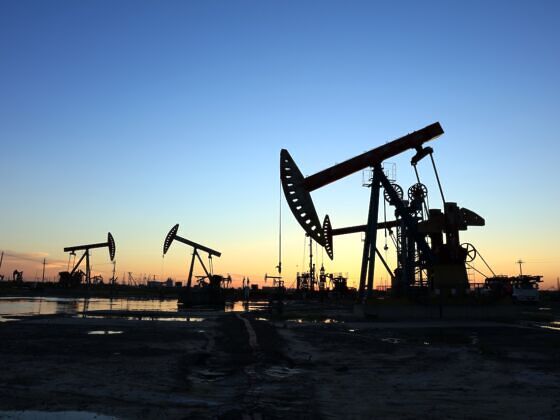It was a classic war in the making.
To the left, a worldwide consortium of protesters, outraged by a mining project alleged to destroy a big chunk of Chile’s natural resources.
To the right, Barrick Gold Corporation, the mining industry’s smooth-talking monolith. Those expecting to watch a fight have been left with a stalemate and not much explanation as to what the future holds for the project.
